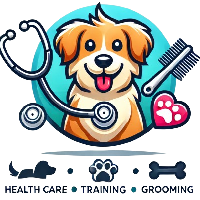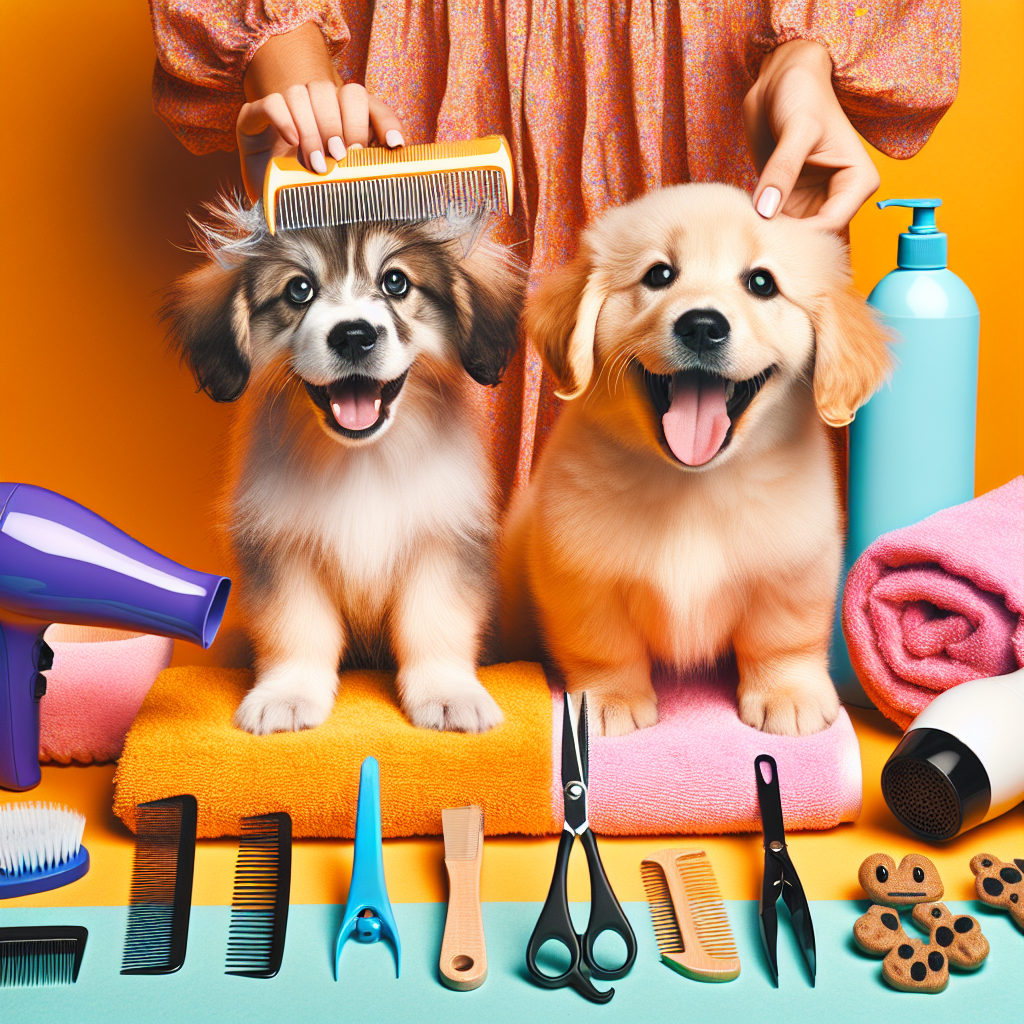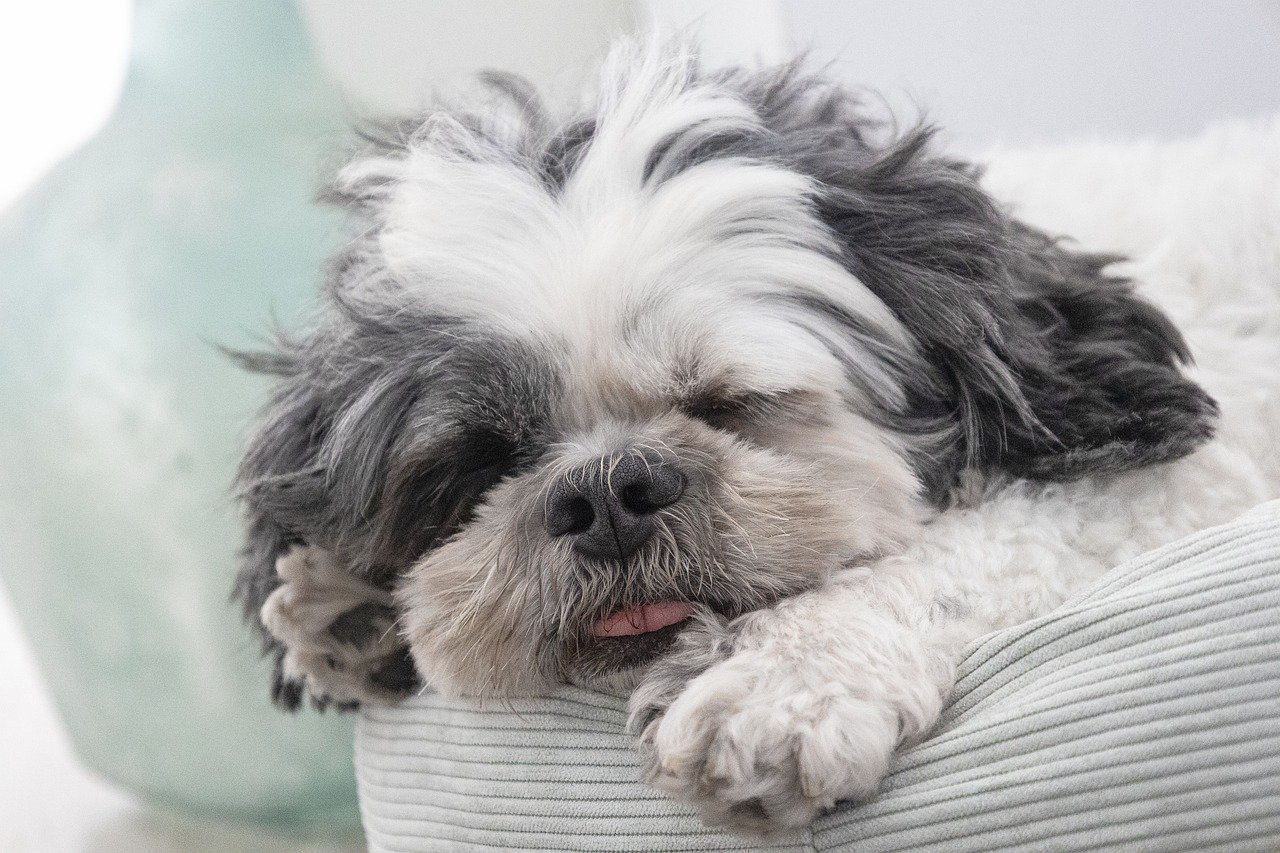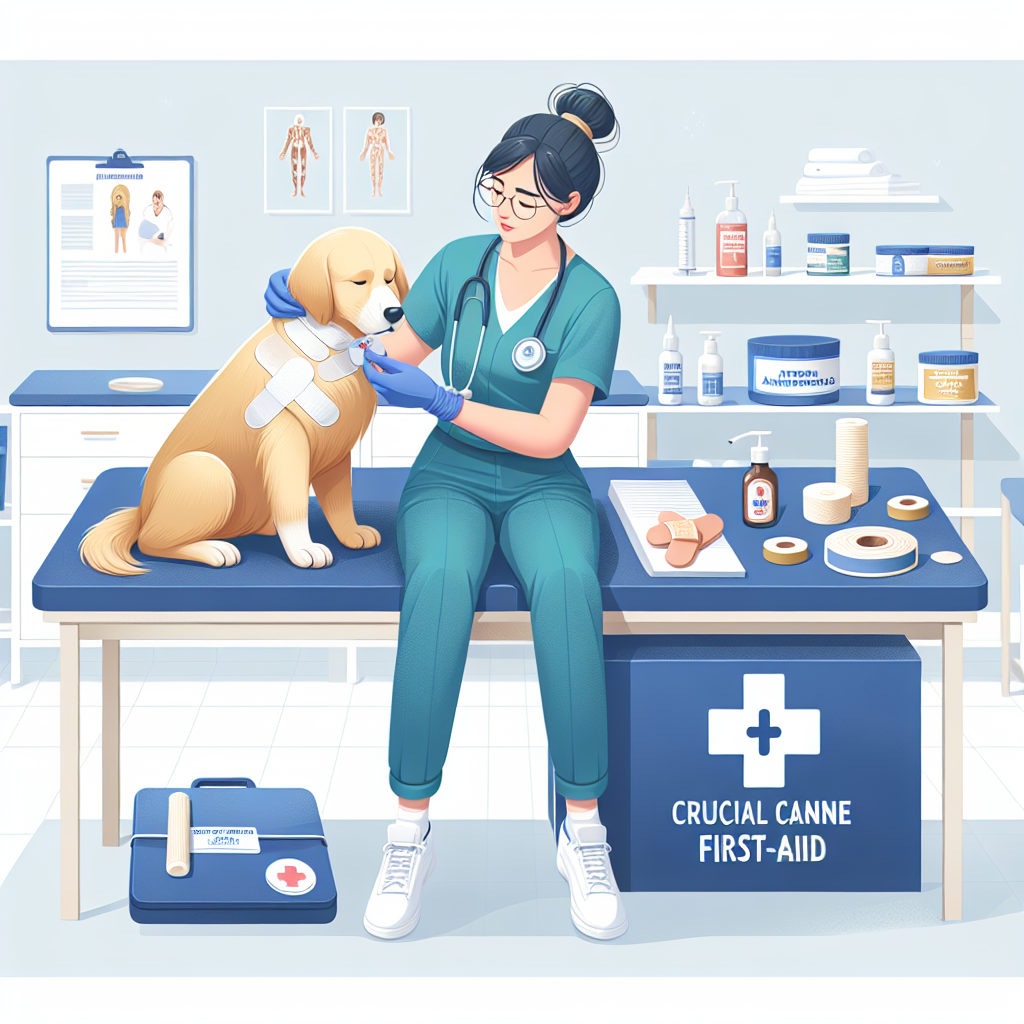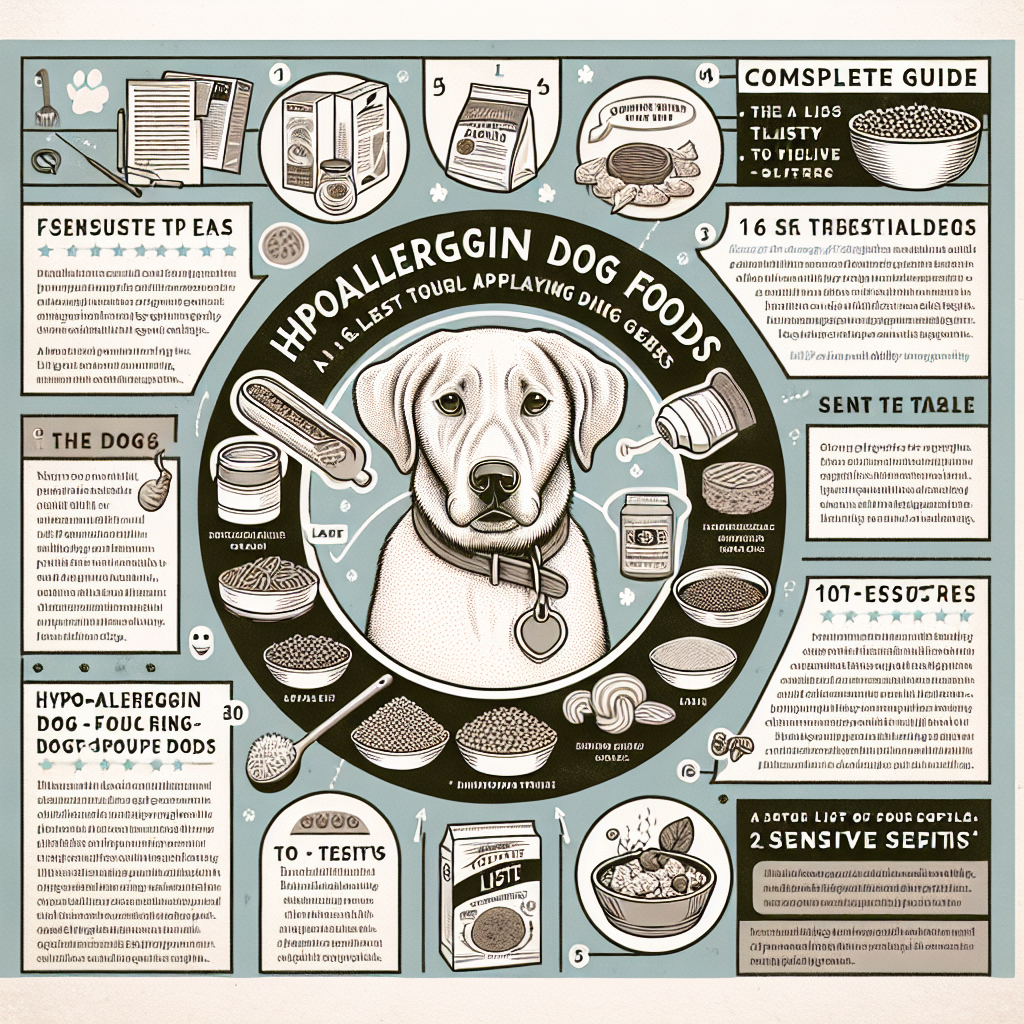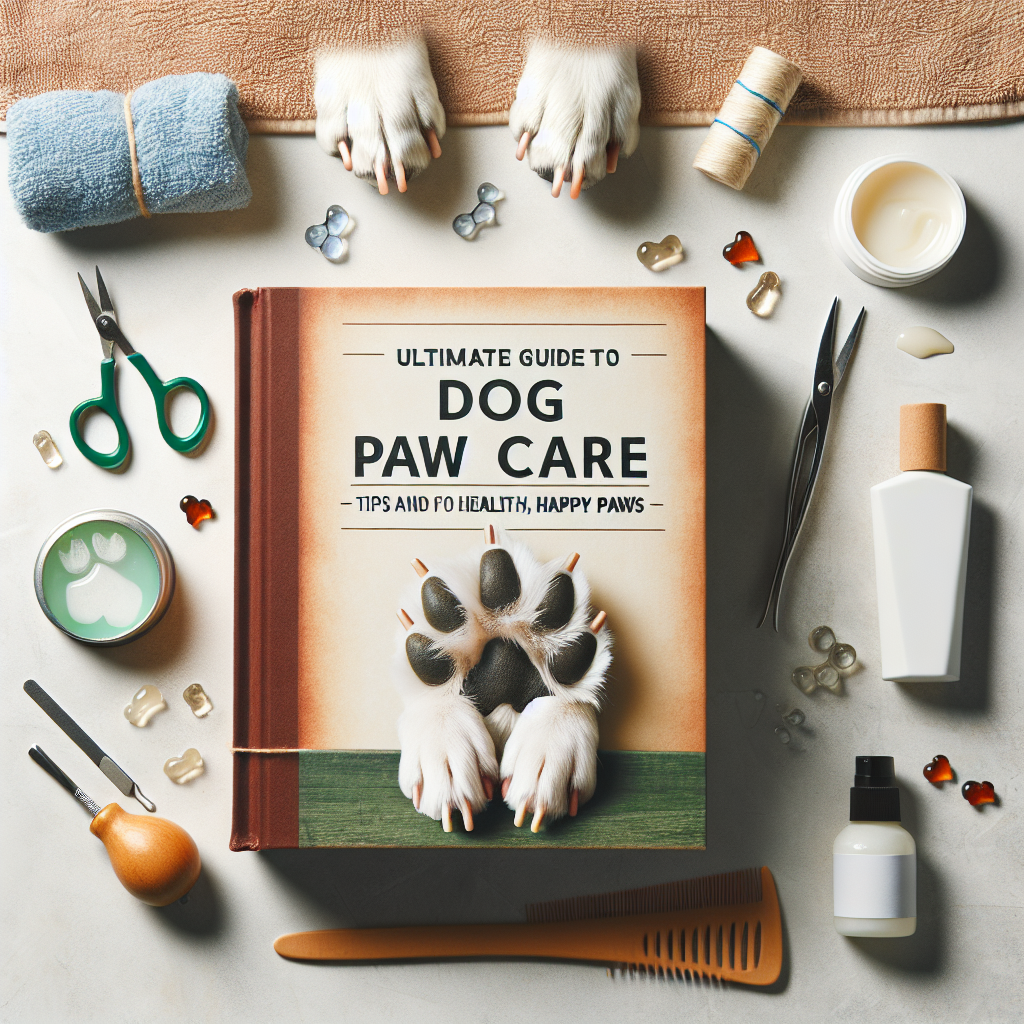
As a dedicated pet parent, you want your furry friend to be healthy and happy, and this extends to every part of their body, including their paws. Your dog’s paws are their primary means of interacting with the world, from running and digging to climbing and playing. Therefore, keeping your dog’s paws in good health is paramount. This comprehensive guide to dog paw care will provide you with all the information you need to ensure your dog’s paws remain healthy and happy.
The Anatomy of a Dog’s Paw
Before diving into paw care, it’s essential to understand the anatomy of a dog’s paw. A dog’s paw consists of several key parts:
- Toe Pads: Each toe has a pad that cushions and absorbs shock.
- Metacarpal Pad: This larger pad is in the center of the paw and is vital for weight distribution.
- Dewclaws: Situated higher on the leg, these are the equivalent of thumb-like digits in dogs.
- Claws/Nails: These provide traction and influence how the dog interacts with the ground.
- Interdigital Fur: The fur between the pads, which provides insulation.
- Digital Pads: Smaller pads located behind each toe, also aiding in shock absorption.
Understanding these components will help you recognize potential issues and better care for your dog’s paws.
Routine Paw Maintenance
Routine maintenance is essential for keeping your dog’s paws in top shape. Incorporate the following practices into your pet care routine:
1. Regular Paw Inspections
Make it a habit to inspect your dog’s paws regularly. Look for cuts, bruises, swelling, or any foreign objects lodged between the pads or toes. Early detection of issues can prevent more significant problems down the line.
2. Nail Trimming
Overgrown nails can lead to discomfort, improper gait, and even joint problems. Trim your dog’s nails regularly using a pet-safe nail clipper or grinder. Be careful not to cut too close to the quick, the sensitive part inside the nail that contains blood vessels and nerves.
3. Paw Pad Moisturizing
Dry and cracked pads can be painful and prone to infection. Use a pet-safe moisturizer or balm specifically designed for dog paws. Avoid using human lotions, as they can contain ingredients harmful to dogs.
4. Fur Trimming
Keep the fur around your dog’s pads trimmed. Overgrown fur can trap dirt, debris, and moisture, leading to irritation and infections. Use grooming scissors or seek professional grooming services.
Seasonal Paw Care
Different seasons present unique challenges for your dog’s paws. Adjust your paw care routine accordingly:
Winter
1. Protection from Cold and Salt
Cold weather and road salt can damage your dog’s paws. Consider using dog booties to provide warmth and protection. Alternatively, apply a protective balm before walks to prevent salt and ice from causing irritation.
2. Post-Walk Rinse
After walks in snowy or salted areas, rinse your dog’s paws with warm water to remove any salt or chemicals. Dry their paws thoroughly to avoid moisture-related issues.
Summer
1. Hot Pavement Awareness
Pavement and asphalt can become scorching during summer. Test the ground with your hand; if it’s too hot for you, it’s too hot for your dog’s paws. Walk your dog during cooler parts of the day or use protective booties.
2. Hydration and Moisturization
Hot weather can dry out your dog’s paw pads. Ensure they stay hydrated and apply a moisturizing balm to keep their pads supple.
Recognizing Paw Problems
Being aware of common paw issues can help you address them promptly. Here are some signs and symptoms to watch for:
Cuts and Abrasions
Small cuts and scrapes are common, especially if your dog is active. Clean minor wounds with an antiseptic solution and cover them with a bandage if necessary. Consult your veterinarian for more severe injuries.
Interdigital Cysts
These are painful, pus-filled bumps between the toes. Interdigital cysts can be caused by allergies, foreign objects, or infections. Consult your vet for proper diagnosis and treatment.
Fungal and Bacterial Infections
If you notice redness, swelling, a foul odor, or discharge, your dog might have a fungal or bacterial infection. Treatment may include topical ointments or oral medications, so seek veterinary advice.
Nail Issues
Cracked or broken nails can cause significant discomfort. If your dog has a nail injury, consult your veterinarian to prevent infection and ensure proper healing.
Preventive Measures for Paw Health
Taking proactive measures can help prevent paw issues and keep your dog’s paws healthy:
1. Appropriate Exercise Surfaces
Avoid walking your dog on rough, hot, or icy surfaces. Opt for grassy areas, dirt trails, or designated dog-friendly paths.
2. Regular Paw Cleaning
Clean your dog’s paws after walks, especially if they’ve been in mud, snow, or salty areas. Use warm water and a mild pet-safe soap to remove debris.
3. Healthy Diet
A balanced diet rich in essential fatty acids, vitamins, and minerals promotes overall paw health. Consult your veterinarian to ensure your dog’s diet meets their specific needs.
4. Hydration
Proper hydration is crucial for keeping your dog’s skin and paw pads healthy. Ensure your dog has access to clean, fresh water at all times.
Addressing Seasonal Allergies
Dogs can suffer from seasonal allergies, just like humans. Allergies can cause itchiness, redness, and discomfort in their paws. Here’s how to manage seasonal allergies:
Identify and Avoid Triggers
Common allergens include pollen, grass, and mold. Pay attention to your dog’s environment and try to minimize exposure to allergens when possible.
Medication and Supplements
Consult your veterinarian for allergy treatments, such as antihistamines or supplements like omega-3 fatty acids that can reduce inflammation and itching.
Regular Paw Washing
During peak allergy seasons, rinse your dog’s paws with water after outdoor activities to remove allergens and prevent irritation.
DIY Paw Care Remedies
While professional veterinary care is essential for severe issues, some minor paw problems can be managed with DIY remedies:
Paw Soaks
A paw soak can help soothe irritation and cleanse your dog’s paws. Mix a solution of warm water and Epsom salts or chamomile tea and let your dog soak their paws for 5-10 minutes.
Apple Cider Vinegar Rinse
Apple cider vinegar has natural antibacterial and antifungal properties. Dilute apple cider vinegar with water in a 1:1 ratio and rinse your dog’s paws to prevent infections.
Aloe Vera Gel
Aloe vera has soothing properties that can help with irritated or dry paw pads. Apply a thin layer of aloe vera gel to your dog’s pads and let it absorb.
Professional Paw Care
Sometimes, professional care is necessary to address paw issues comprehensively. Here are instances where you should seek professional help:
Persistent Paw Problems
If your dog consistently has paw issues despite your efforts, consult your veterinarian for a thorough evaluation and treatment plan.
Grooming Services
Professional groomers can efficiently trim your dog’s nails, clean their paws, and remove any matted fur. Regular grooming appointments can prevent many paw-related issues.
Veterinary Check-ups
Routine veterinary check-ups are crucial for overall health. During these visits, your vet can identify and address any paw problems early.
Traveling with Your Dog: Paw Care Tips
When traveling with your dog, it’s essential to ensure their paws remain healthy and comfortable:
Pack Essentials
Include paw care essentials like nail clippers, a paw balm, and a first-aid kit in your travel gear.
Check New Environments
Inspect unfamiliar environments for hazards like sharp objects, rough terrain, or harmful chemicals that could harm your dog’s paws.
Monitor Paw Health
Regularly check your dog’s paws during your trip to catch any issues early and prevent discomfort.
Senior Dog Paw Care
As dogs age, their paw care needs can change. Here’s how to care for senior dogs’ paws:
Joint Support
Senior dogs may experience joint issues that affect their gait and paw health. Provide joint supplements recommended by your vet and ensure they have a comfortable, non-slip surface to walk on.
Gentle Grooming
Be gentle when grooming senior dogs, as their skin and nails may be more delicate. Use a soft brush and take extra care when trimming nails.
Soft Paw Pads
Older dogs may have softer paw pads that are more prone to injury. Regularly moisturize their pads and monitor for any signs of discomfort.
Conclusion: Happy Paws, Happy Dog
Your dog’s paws play a vital role in their overall well-being. By implementing regular paw care routines, recognizing potential issues early, and taking preventive measures, you can ensure your furry friend’s paws stay healthy and happy. Remember, a little effort goes a long way in providing your dog with the comfort and care they deserve. Happy paws lead to a happy, active, and joyful dog—just the way every pet parent wants it.
#ChatGPT assisted in the creation of this article.
